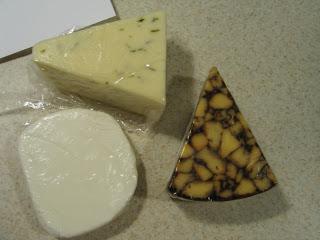Fish
Many bodybuilders' ideal dinner is a nice salmon fillet. Salmon fillets tend to include around 25g of protein per 100g portion, making it a high protein meal, but perhaps just as importantly fish contains high amounts of other useful nutrients like omega-3 and vitamin D. Oily fish like salmon and tuna are generally the best choices, but oysters are also a good option. Perhaps not the most well-known choice, cooked oysters are almost as high in protein as salmon. A 100g portion of cooked oysters can contain 20g or protein with just 5g of fat alongside it. Oysters are also exceptionally high in zinc, a key mineral for muscle growth.
Meat
Red meats have long been associated with muscle growth because of their proteins. 100g of lean red meat can hold more than 27g of protein. With red meat it is always important to remember that there is a fat content as well – around 11g in that 100g portion – but there are also numerous vitamins and minerals in red meat which are crucial for muscle repair. Chicken is the other popular option, packing more than 31g of protein into a 100g portion, with just 4g of fat. Being so versatile also means that chicken can be enjoyed in numerous ways, making it perfect for people looking to build their bodies.
Milk and Cheese

From childhood onwards, we are told that milk is essential for growing healthy bones and muscles. Milk is just as important in adulthood – especially for those who go to the gym. In addition, it is great combined with whey protein powder, one of the most popular muscle food supplements. Milk can be mixed into a variety of flavours;follow here for a linkand explore one such selection. Choose skimmed milk to reduce the fat content. Similarly, cottage cheese can be used in a variety of meals, with 14g of protein per half cup serving with less than 2g of fat.
Nuts and Grains
Newly available in supermarkets, quinoa is a South American grain which contains a complete protein. A complete protein is one which also possess the nine amino acids the body will use to absorb and digest the protein content. Gluten free, it is high in both fiber and iron. Almonds are also very high in protein: one quarter of a cup will provide 8g.

